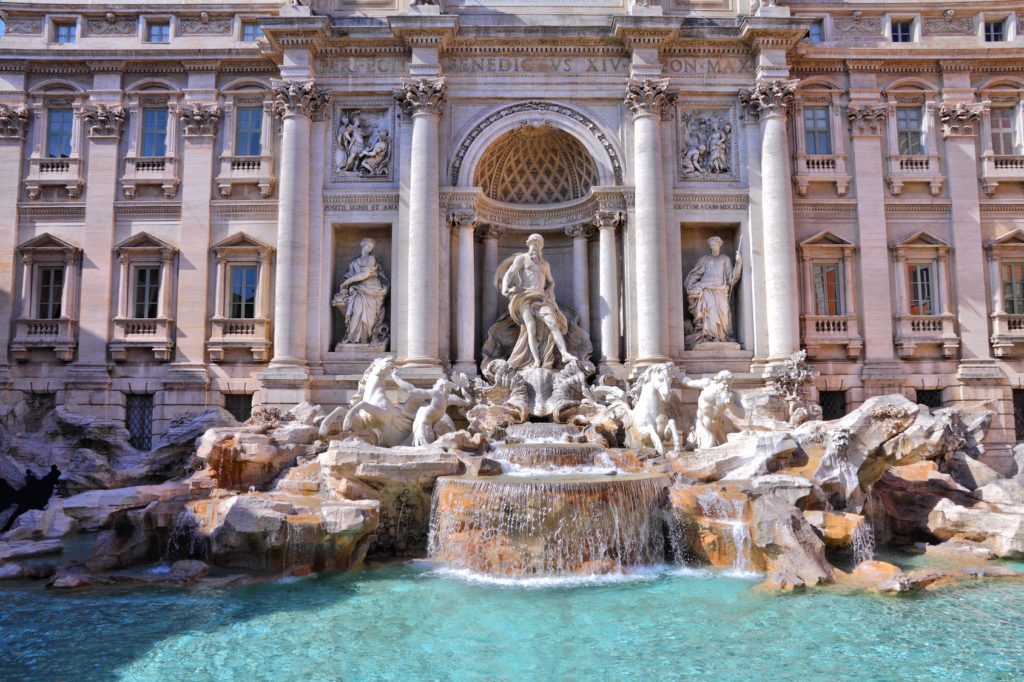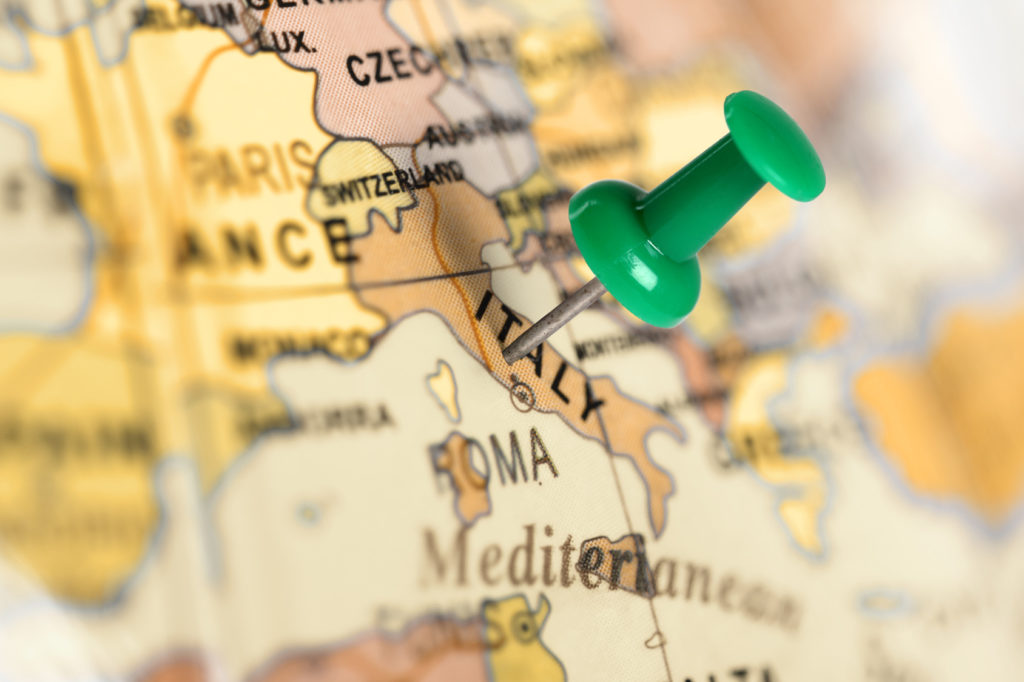How to Save Money on a Trip to Italy

Italy is host to a number of popular tourist destinations, of course, but that doesn’t mean you should feel pressured to hit all of these destinations while you’re there.
The most popular destinations, after all, are usually the most expensive to visit. There are a number of popular destinations in Italy that you could be just as happy skipping. Here are a few places that I feel like you could save money (and headache) by cutting out of your itinerary:
- Florence. Florence does have a lot to see (such as the Duomo and Ponte Vecchio), so it could still be worth including in your itinerary. But it is very touristy. If you want a taste of Medieval Italy, Siena may be a better option instead.
- Pisa. Pisa really is, unfortunately, a tourist trap. Taking pictures there can be fun, but a lot of swindlers like to work the few streets there. Plus, with the surprisingly small Leaning Tower of Pisa really being the only thing you go to Pisa for, it is a little out of the way. San Gimignano has medieval towers you might enjoy seeing instead.
- Pompeii. Pompeii is pretty swamped with tourists, and many say you can substitute it with a trip to Taormina instead. Taormina in Sicily has ancient ruins, and a fantastic view of Mount Etna. Of course, traveling to Sicily could mean more money in transportation (unless you were planning on going there anyway), so be sure to plan your itinerary carefully.
Look for free activities.
Italy has a lot of free things to do if you do your research. Here are a few examples:
- Roman sites. Rome may be packed with tourists, but many travelers feel that the hassle is worth seeing so many sites in one place. And many of the sites are free to visit, including St. Peter’s Basilica, the Pantheon, the Spanish Steps, Trevi Fountain, and Via Appia Antica. There’s even a New Rome Free Tour that lets you walk the historic center of Rome. Some of Rome’s most famous sites are also free to visit at certain times, such as the Colosseum and Roman Forum (the first Sunday of every month), the Vatican museums (the last Sunday of the month), and the Porta
 Portese market (every Sunday morning).
Portese market (every Sunday morning).
- Hot springs. Terme di Saturnia, Cascate del Mulino, and Cascate del Gorello, for example, are just a few places you can visit in Tuscany for a free thermal pool experience. As this article about the history of Roman baths points out, you’ll be living just like the Romans!
- Cathedrals and churches. Italy is filled with beautiful cathedrals and churches, where you can always find beautiful artwork and architecture. And you can usually visit them for free (just be sure to pack modest dress clothing to wear inside).
These are just a few examples. Wherever you decide to go on your trip, search for “free thing to do in (city),” and you’re sure to find plenty of free things to do!
Eat away from famous attractions.
Visiting the Colosseum, Duomo, or Trevi Fountain? If so, just make sure you don’t plan to eat nearby. Any restaurant or café located near a major tourist attraction is going to be much more expensive.
Travel with a group.
As with travel anywhere, traveling with a group is a great way to save money because you can split the cost of accommodations.
Plus, as this article mentions, traveling with a buddy is a great way to have someone hold you accountable (in this case, for saving money).
Live like a local.
Finally, living like a local is a great way to save money anytime you are on vacation. Instead of renting out a hotel room in every city you visit, for example, look for cheaper apartments available on Airbnb, as this article suggests.
Instead of eating out for dinner every night, head to the grocery store and make dinner where you are staying (which is a cinch if you’ve gone the Airbnb route!)
Instead of riding in a touristy gondola in Venice for a steep price, catch a ride on a traghetto (what the locals use to cross the canals) for just a few euros.
As long as you get in the mindset of thinking more like a local and less like a tourist in Italy, you’re bound to end up saving some money.
Category: Travel







Thanks for the tips. Are there any language barriers when you go “off the beaten trail?” Or are there people pretty much anywhere that speak English?